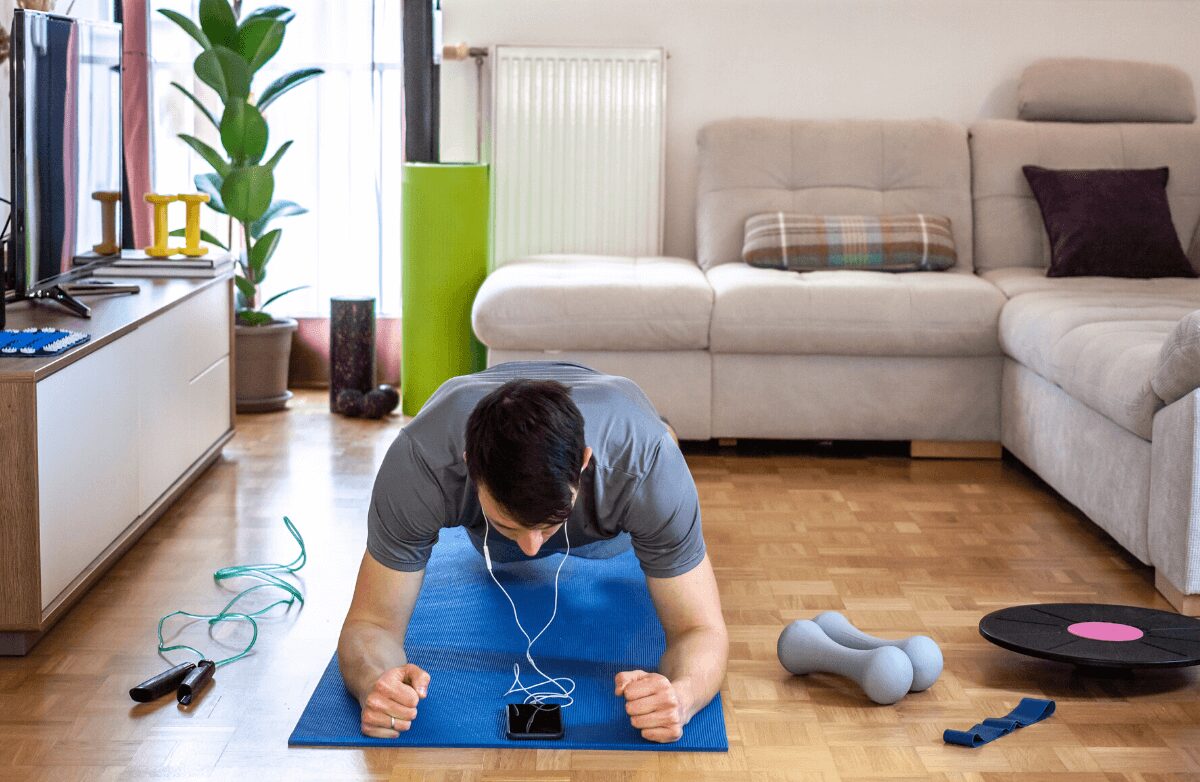Physical activity has proven to be beneficial in improving the clinical conditions that are most frequently associated with severe COVID‐19. We are meant to move and many of our body’s systems work better when we are consistently physically active.
Regular exercise is essential for everyone under normal circumstances. COVID-19 closures of parks, gyms, fitness studios, and other public places are resulting in reduced opportunities for physical activity particularly for people who are not able to exercise at home. Social distancing may further affect people’s ability to exercise, especially if outdoor physical activity is not an option due to shelter-in-place orders, crowded outdoor spaces, bad weather, or other factors. coronavirus-related concerns may affect dietary habits, leading to higher calorie consumption that could promote weight gain.
Limiting trips to the grocery store, skipping fresh fruits and vegetables in favor of stocking up on calorie-dense, non-perishable foods, and financial difficulties may cause people to opt for less expensive, ultra-processed food options.
And all the extra hours you’re spending at home may make you more likely to snack, “stress-bake,” or prepare high-calorie, comfort-food meals. We recommend finding physical activities that you enjoy and to share your experience with others.
At the same time, there is also evidence to suggest that exercise can be helpful to mood even if the act of doing the exercise is not as enjoyable. It is important for family members to take a supportive role in the promotion of physical activity and exercise.
Allowing individuals to maintain their autonomy and choice in their activities will be important for ongoing engagement. If you have space available, designate an inviting area of your home to exercise and keep your equipment handy.
Try using resistance bands, water bottles, or your own body weight to perform resistance exercises. You could start by doing push-ups against the wall then progress to doing them against the kitchen counter, the coffee table, and finally the floor.


